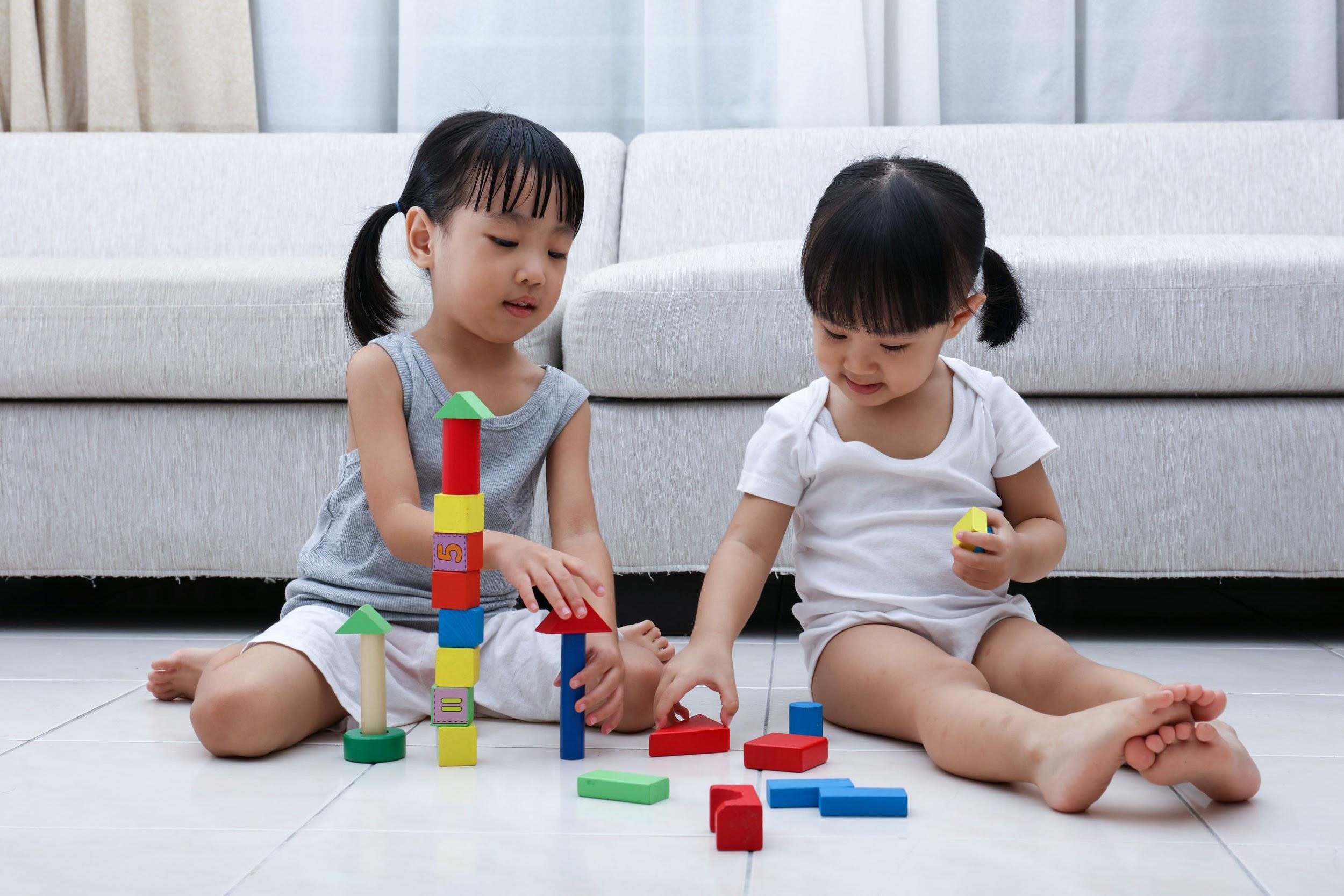
Play is more than just a fun activity for your child. It can help them learn, through interaction with toys and people such as parents, siblings, and friends. Learning through play helps the brain make and strengthen the synapses1. And the more interesting and interactive the experiences, the greater the number of neurological connections your child can make. The right stimulation can make a world of difference. Find out more how play, stimulation and the right environment, such as an indoor playground can boost your child’s development.
Stimulation and Environment
Parents who understand and support play that is appropriate for each age will nurture child development for continuous learning. At every stage, this leads to significant cognitive, motor, emotional, and communication skills development.
Your child’s brain development depends on a number of factors, such as genetics and nutrition. In addition, the Centers for Disease Control and Prevention (CDC) recognises that the following play an important role in early brain development:
-
Nutrition starting in pregnancy
-
Exposure to toxins and infections
-
A child’s experience with other people and the world2
For this reason, parents should seek to provide stimulation and well-rounded learning through play for their toddler.
An indoor playground is an ideal environment for this kind of learning. With an indoor playground, toddlers can explore new surroundings with a high degree of safety. Parents, as well as the whole family, can also participate in play with their child.
Age-Appropriate Play for Toddlers
Play at 1 Year:
At 1 year, babies learn to play through their own actions, their interaction with people and objects around them. Parents can help babies learn by talking, dancing and laughing with them and helping them explore the world around them. Suggested activities include playing peek-a-boo, singing nursery rhymes and reading picture books.
Play at 2 Years:
Children start to recognise the names of familiar people, objects, pictures, and body parts at 2 years. Support your child’s imagination by providing toys that resemble real items such as cars and kitchen equipment. Many indoor playgrounds in Singapore provide a toddler section with toys such as building blocks and shape sorters to encourage your child’s creativity.
Play at 3 Years:
At this age, children have more physical development and motor skills. Give them room to run and space to practice these skills by going to an indoor playground.
A 3-year-old’s understanding of their environment is growing rapidly, and their imagination is wider and more complicated. Engage in pretend play so children can perform social roles like mommy, daddy, teacher or doctor. This will help them understand the conditions, roles and importance of other people, so children can learn to share, exchange, and interact with others for optimal social experience.
You can also encourage motor skill development through activities such as drawing and painting.
Partnered with good nutrition, actively stimulating your child every day helps strengthen brain connections. Taking these lessons to heart and simply playing with your child is the key to accelerating their learning and equipping them with the necessary know-how for the future.
By now, you must know that nutrition plays an important role in helping to support your child’s all-round development. Get your FREE SAMPLE of Enfagrow A+ Stage 3 that contains DHA, which is an important building block for brain and eye development, and choline to help support overall mental functioning. It is also specially formulated with a unique blend of dietary fibres (PDX), prebiotics (GOS) & Beta Glucan.
Expert Resource:
Dr. Raymond Choy Wai Mun
(MCR 18097A)
MBChB (UK), Aviation Medicine (Singapore)
REFERENCES:
- Schiller P. Early brain development research review and update. Exchange 2010:26-30.
- Early Brain Development and Health, https://www.cdc.gov/ncbddd/childdevelopment/early-brain-development.html, Accessed 23 November 2020




